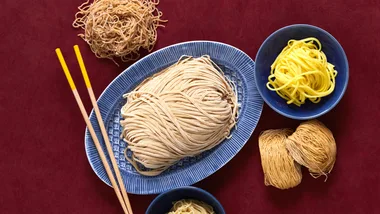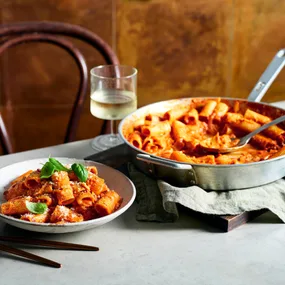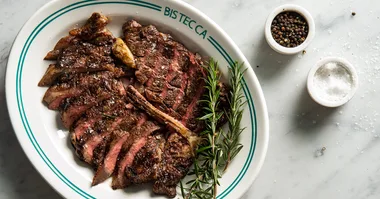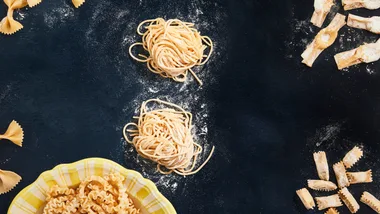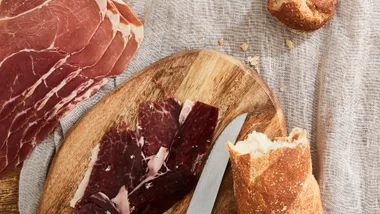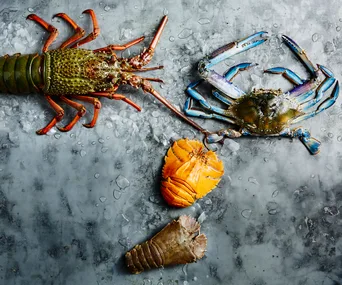We’ve all become pretty familiar with the nose-to-tail concept with land animals, but nose-to-scale is also worthy of attention.
Using all of the fish we buy makes good culinary and commercial sense, and there’s some great eating to be found in what are often considered the lesser parts. Fish heads, often discarded in this country, are the basis of many popular South East Asian curries and are gladly thrown into stockpots the world over.
Bones, too, are extremely flexible in their use. Deep-fried, they give a satisfying crunch to many dishes, while used in stock they release collagen to give a velvety consistency. Scallops, frequently trimmed down to their sweet flesh, contain vast flavour in their cast-off roes and frills. The roes add depth to sauces and the frills can be dried and used for seasoning. Salt-cured tuna or mullet roe (aka bottarga) offers a salinity as complex as the finest ham; it’s wonderful shaved over pasta. John Dory and snapper livers are heralded as the “foie gras of the ocean” thanks to their high fat content: a simple delicacy pan-fried and served with pickles.
And the wings, collars and fins are arguably the best deep-fried bar snack ever. So next time you’re buying a whole fish, don’t just look at the centre-cut portions.
Try bottarga spaghettini with fiano, malloreddus with prawns and smoked bottarga, or a Malaysian classic, the fish head curry (gulai kepala ikan).
Offal ingredients are available at local fish markets or seafood stores.


